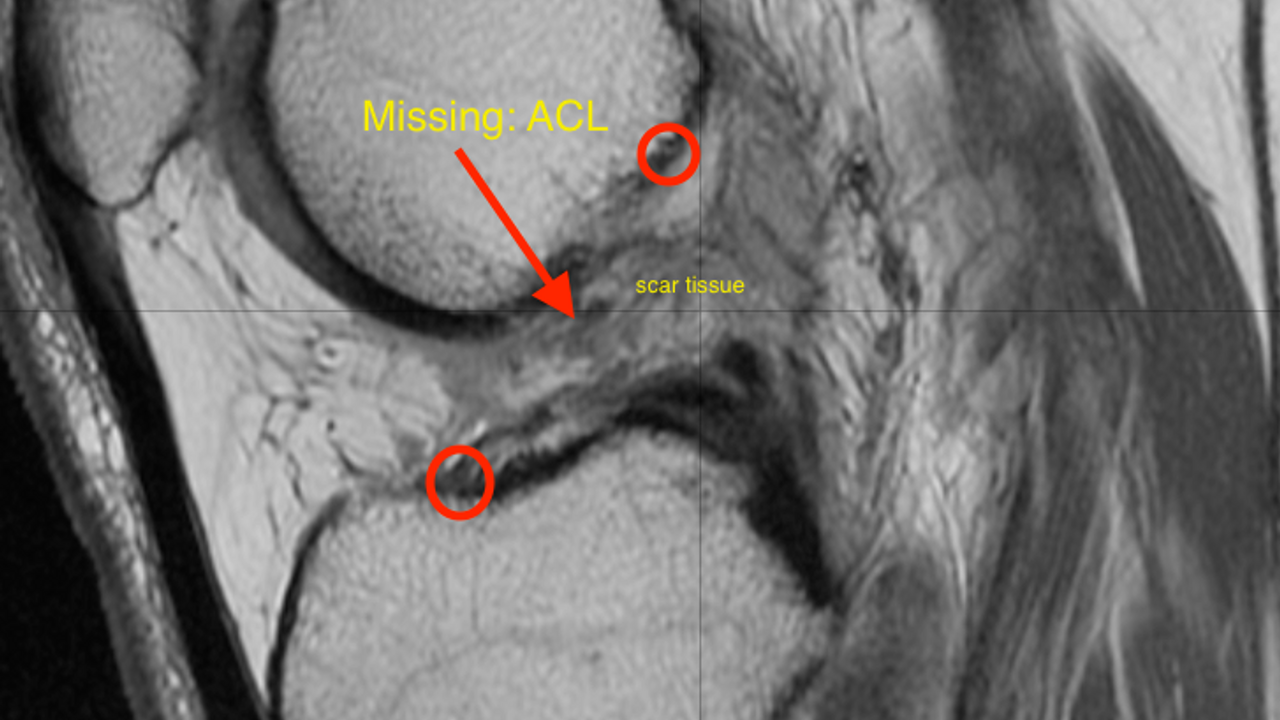
LOOK MA, NO ACL!
Jan 30, 2018I didn't know that regular people could actively thrive for 30+ years without an anterior cruciate ligament (ACL). Professional athletes with kickass professional therapy support, yes, but normal people?
Three decades ago, my orthopedists were clear that I would not be able to live an active, athletic lifestyle unless they could reconstruct my knee. In the interim period before the surgery, I went to physical therapy, religiously did my strengthening homework and I got strong again. I cancelled the surgery and I've never looked back.
Having previously torn both my ACL and MCL playing soccer in high school, I was convinced when I heard the pop on the slopes that I had finally ruined my knee. Check out my related article titled A SELF-STUDY IN CATASTROPHIZING.
Both my doctors and I were surprised when magnetic resonance imaging (MRI) after December's ski crash revealed that I could not have torn the ACL because I no longer had one. The fuzzy scar tissue visible on the imaging demonstrated that my body had long ago reabsorbed the old torn ligament.
That all seemed like wickedly positive news to me.
My initial reaction to this information was, "Wow, cool! My body is brilliant!" - I felt positively smug, like I had been cheating the man this whole time.
That's the first half of the story.
THE BAD NEWS
My second reaction was "I must've torn another ligament, I wonder what that means?"
When lacking an ACL, the posterior cruciate ligament assumes much of the stabilization load for the knee joint. Alas my PCL, my main stabilizer was now 30% torn.
THE GOOD NEWS
- The posterior ligament heals much better than the anterior ligament
- After the initial injury I had no pain at any time and I continue to rehab pain-free
- Inflammation was near zero by day 5 and stays minimal-to-none
- I was walking normally by day 10
- Now, in my 4th week, I've regained full squat flexion and can (sort of) extend back out of it. I'm deadlifting, single-leg stabilizing, cueing up the adductor to hip to oblique fascial line and just flat out rocking my recovery.
I hope you'll check-back around for the follow-up article describing the KEY INGREDIENTS FOR RECOVERY SAUCE.
Yours truly,
Dinneen

